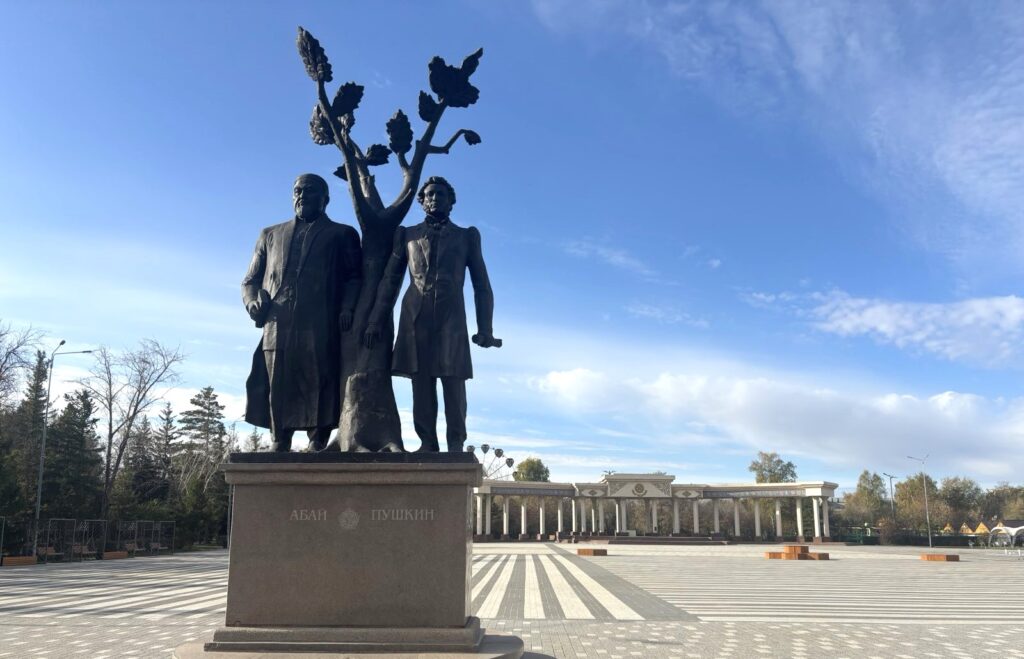According to the National Statistical Committee of the Kyrgyz Republic, the country’s population is aging quickly. Based on UN data, the agency predicts that the proportion of elderly people (65 and over) in Kyrgyzstan will significantly increase by 2030. According to the analysis, currently, 5.7% of the total population is elderly, and this figure may reach 8% by 2030.
Speaking about the processes associated with an aging population, experts have highlighted social funds related to the payment of pensions, benefits, and other contributions to people who have finished their careers. Additionally, an aging population will produce fewer materials and public goods, and state tax revenues will decrease, which could lead to a decline in the country’s standard of living.
However, economist Kubanychbek Idinov sees this as a manageable problem. The 61-year-old believes that the increase in the average age is indicative of an improvement in Kyrgyzstan’s standard of living.
“The country’s GDP is growing, and state budget spending on social projects is increasing. But we need to give pensioners more opportunities to work. This will be a great help to the revenue side of the budget. People who retire can work elsewhere. This allows them not to rely on their pensions alone, to have additional income,” Idinov told The Times of Central Asia.
Most retirees in Kyrgyzstan continue to work. Idinov said they start small businesses or enterprises and pass on their experience to young people. According to official data, the country currently has about 150,000 working pensioners.
“It is necessary at the state level to support trade unions’ work in attracting retirees to work. It is possible to work at the level of local authorities. Then the issue of small pension growth will not be acute for people and the state,” Idinov said.
On a related matter, Kyrgyz sociologists say that despite a slowdown, the country’s population grew by almost half a million people (+7.8%) over the year. Kyrgyzstan remains the second-largest Central Asian country in terms of population growth after Tajikistan.
“The increase in population, despite a slight decrease in the growth rate, is provided by the excess of births over deaths with a negative balance of external migration,” the report of the National Statistical Committee states. The large number of labor migrants returning home is also helping to combat the decrease in the number of able-bodied people.
In 2007, experts from the UN Demography Department suggested evaluating countries as those with an old population if more than 7% of its citizens are over 65 years old.









